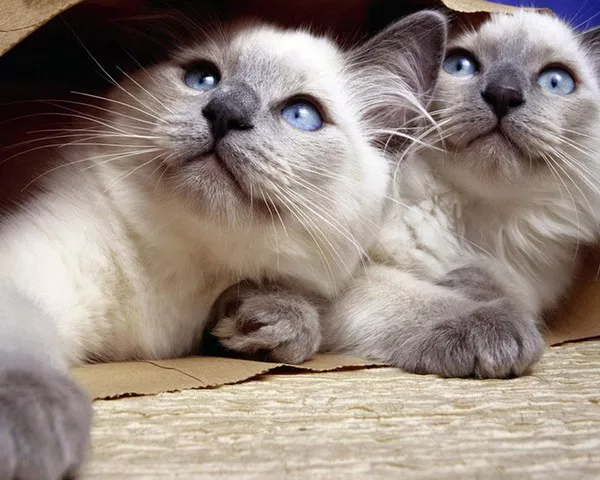Himalayan cats, known for their luxurious coats and captivating appearance, have intrigued cat enthusiasts around the world. As potential owners or admirers of this breed seek to learn more, questions often arise about the size and growth trajectory of these feline companions. In this article, we will delve into the size range of Himalayan cats, factors influencing their growth, and key characteristics that contribute to their unique stature.
Understanding the Himalayan Cat Breed
1. Origin and Heritage: The Himalayan cat is a result of crossbreeding between Persian cats and Siamese cats, combining the best of both worlds in terms of appearance and personality traits.
2. Distinctive Appearance: Himalayan cats are recognized for their striking blue almond-shaped eyes, short noses, and long, flowing coats that come in various colorpoint patterns, reminiscent of their Siamese ancestors.
Growth Phases of Himalayan Cats
1. Kittenhood to Adulthood: Like all cat breeds, Himalayan cats experience different growth phases, transitioning from the playful and energetic kitten stage to the more composed and mature adult phase.
2. Rapid Growth in Early Months: During the first few months of life, Himalayan kittens experience rapid growth as they develop bones, muscles, and overall body structure.
Size Range of Himalayan Cats
1. Average Weight: Himalayan cats typically weigh between 7 to 12 pounds (3.2 to 5.4 kilograms) once they reach adulthood.
2. Height and Body Length: On average, Himalayan cats have a height of 8 to 10 inches (20 to 25 centimeters) at the shoulders and a body length of approximately 12 to 18 inches (30 to 45 centimeters).
Factors Influencing Size
1. Genetics: Genetics play a significant role in determining the size of Himalayan cats. Their heritage from both Persian and Siamese breeds contributes to their unique size range.
2. Nutrition: Proper nutrition during kittenhood and adulthood is essential for healthy growth. A well-balanced diet supports bone development and overall body composition.
3. Health and Care: A Himalayan cat’s overall health and well-being impact their growth. Regular veterinary care, vaccinations, and preventive measures contribute to optimal growth.
Growth Rate and Maturity
1. Slow and Steady Growth: Compared to some other cat breeds, Himalayan cats tend to have a slower growth rate, which contributes to their graceful appearance and proportionate body structure.
2. Full Maturity: Himalayan cats typically reach their full adult size and weight between the ages of 1 to 2 years.
Special Considerations for Kittens
1. Care and Monitoring: Kitten owners should provide a safe and nurturing environment for their Himalayan kittens to support their growth and development.
2. Socialization: Proper socialization during kittenhood enhances their overall well-being and ensures a confident and well-adjusted adult cat.
Expert Insights
1. Veterinarian Perspective: According to Dr. Emily Smith, a feline veterinarian, “The size of Himalayan cats can vary based on genetics, nutrition, and overall health. Regular veterinary check-ups and a balanced diet contribute to their healthy growth.”
2. Breed Associations: Breed associations dedicated to Himalayan cats often provide valuable resources and information about the breed’s characteristics, growth patterns, and care.
Conclusion
In conclusion, the size of a Himalayan cat is influenced by a combination of genetics, nutrition, health, and care. These feline companions typically weigh between 7 to 12 pounds and have a height of 8 to 10 inches at the shoulders. Their growth rate is slower compared to other breeds, contributing to their graceful appearance and proportionate body structure. As you welcome a Himalayan kitten into your home, providing proper nutrition, veterinary care, and a nurturing environment will support their healthy growth and development. Whether you’re an experienced cat owner or considering adopting a Himalayan cat, understanding their growth trajectory enhances your appreciation for these enchanting feline companions.


























